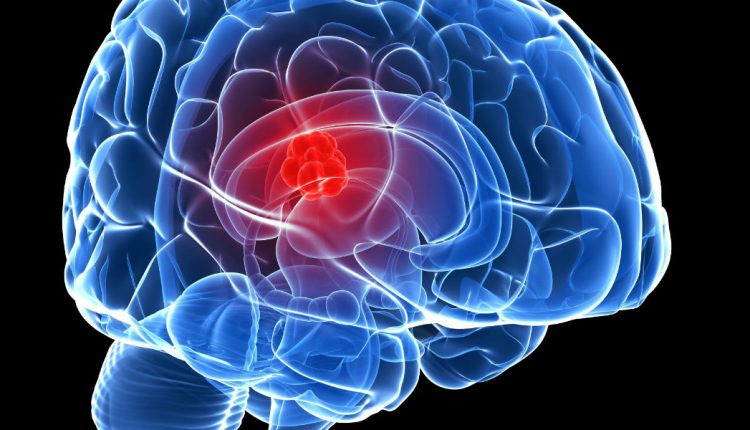
Brain Cancer
Overview
A brain cancer develops when tumors or brain cells start to grow abnormally. These tumors can either be benign (non-cancerous) or malignant (cancerous). They can also arise within the brain (primary) or be a secondary invasion of a tumor elsewhere (secondary). The growth rate of the tumor and its location determines its symptoms, severity, and treatment plans.
Causes
Primary tumors arise when brain cells acquire mutations and start to grow and divide rapidly and without control, eventually forming a mass of abnormal cells. Secondary tumors arise from a cancer at some other location (commonly breast, colon, lung, and skin cancer). Some risk factors associated with brain cancer are:
- Exposure to radiation
- Family History
- Past History of Tumors
Symptoms
Symptoms of a brain tumor are highly variable, depending upon its size, growth rate, and location. Following are some common presentations:
- Headache
- Persistent, unexplained nausea and vomiting
- Deterioration of vision or doubling or vision
- Sudden onset seizures
- Speech, hearing, balance or coordination deficits
- Psychiatric or behavioral changes
- Loss of movement or sensation
Diagnosis
After a careful clinical assessment and a thorough neurological exam by a neurologist, following tests can be used to diagnose a brain tumor:
- Imaging: CT, MRI or PET scan
- Tissue biopsy
It is also important to exclude malignancy in other parts of the body.
Treatment
Treatment can vary upon a variety of factors, including the characteristics of the tumor as well as patient preference. Following are some options:
- Surgery
- Radiotherapy
- Radiosurgery
- Chemotherapy
- Targeted drug therapy
Rehabilitation (physical, occupational, or speech therapy) may be required after treatment.

